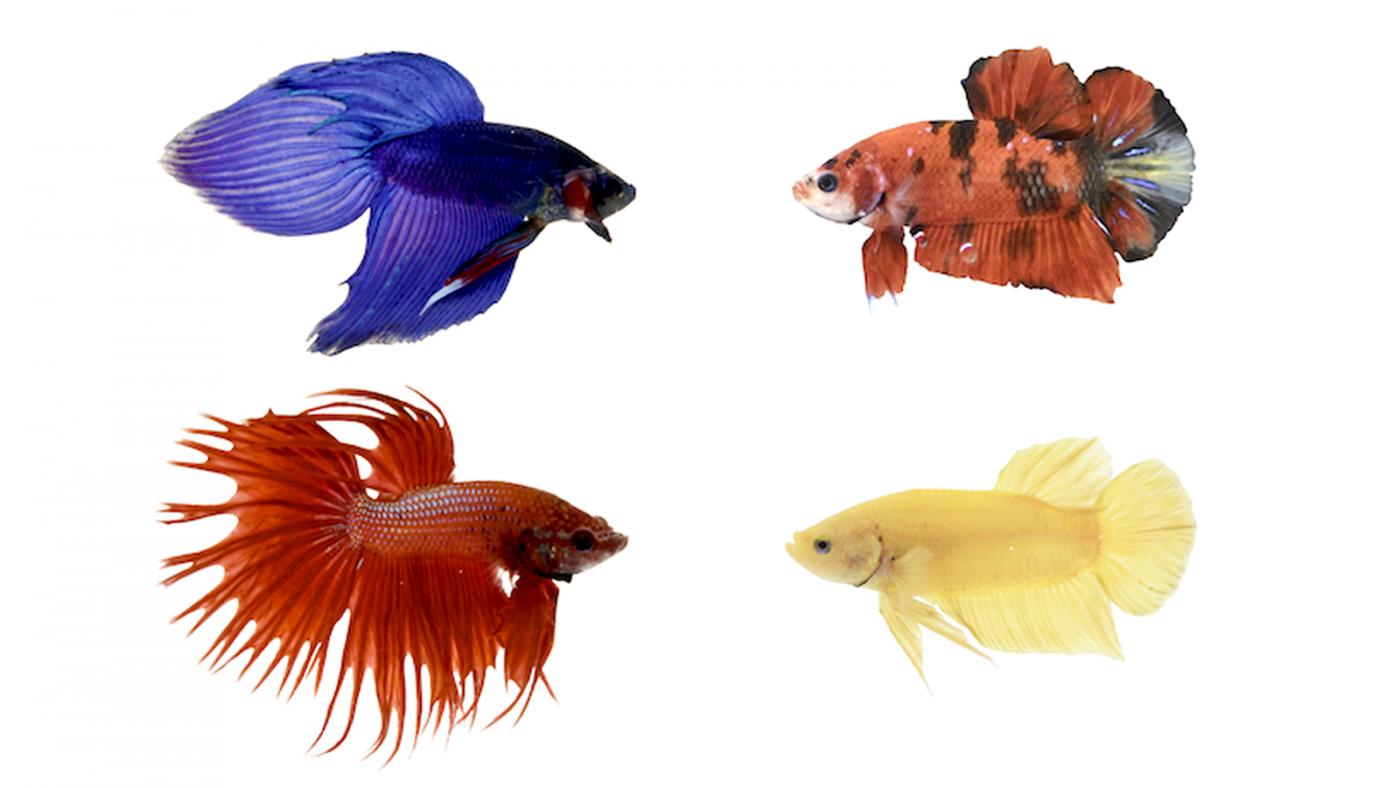The Ultimate Betta Fish Care Guide for New Pet Owners
How to Reproduce Betta Fish Effectively: Expert Strategies and Insights for Hobbyists Wanting To Expand Their Betta Collection
Reproducing Betta fish requires a nuanced understanding of genes and environmental problems, making it crucial for enthusiasts to approach the procedure with both diligence and treatment. Producing an optimal reproduction environment, choosing the right sets, and observing the details of their courtship habits are fundamental steps that can significantly affect the outcome. Additionally, the subsequent care of the fry is critical for guaranteeing their healthy and balanced advancement. As we check out these vital components, it ends up being clear that effective breeding is not simply about the preliminary pairing however encompasses a wider strategy that values mindful consideration.
Comprehending Betta Fish Genes
Comprehending the genetics of Betta fish is crucial for successful reproduction, as it affects qualities such as shade, fin shape, and habits. Betta fish show a varied variety of colors and patterns, mostly established by their hereditary makeup.
In enhancement to pigmentation, fin morphology is another considerable element of Betta genes (betta fish). The form and size of fins are influenced by various genetics, consisting of those that figure out whether the fins are short, long, or veil-shaped. Understanding these hereditary variations helps dog breeders anticipate the phenotypic results of their offspring
In addition, behavior characteristics such as aggressiveness and territoriality can additionally be affected by genetics. These actions play a crucial role in the reproducing process, as they can affect generating success and the overall personality of the resulting fry. By thoroughly understanding these hereditary principles, dog breeders can make educated decisions, inevitably enhancing their reproduction programs and accomplishing preferable results.
Preparing the Reproduction Atmosphere
Creating an ideal reproduction environment is crucial for the effective reproduction of Betta fish. The very first action in preparing this environment is to select an appropriate breeding tank, ideally varying from 5 to 10 gallons.
Following, think about making use of a sponge filter or an air rock to provide gentle water flow without developing solid currents that can stress the fish. It is important to set up plants or reproducing cones to supply hiding spots and promote comfort for the woman throughout the spawning procedure. Drifting plants, such as Java moss or water sprite, can additionally develop a more natural surroundings while helping with bubble nest building by the male.
Before introducing the reproducing sets, make sure the water is conditioned and cost-free from harmful chemicals, such as chlorine or heavy metals. betta fish. Regular water changes should be performed to maintain ideal water top quality, boosting the opportunities of effective breeding. With these prep work in position, the breeding environment will support the health and well-being of both Betta fish
Picking Reproduction Pairs
Picking the ideal reproduction pairs is important for accomplishing successful Betta fish reproduction. When picking your breeding pairs, consider numerous vital aspects including health, temperament, and genes. Healthy and balanced Betta fish display dynamic colors, clear eyes, and active actions. Picking fish that are cost-free from condition makes sure a much better chance of generating feasible offspring.
Character is his response another vital consideration, as Betta fish are known for their hostile nature. It is recommended to select internet a male and woman that show compatible personalities to reduce tension throughout the breeding procedure. A calm man can encourage a smoother courtship, while a lady that is too hostile may interrupt the procedure.
Genetic history also plays a substantial role in the top quality of the offspring. Breeding fish that are genetically diverse can lower the risk of genetic health problems and boost the overall vitality of the fry. It is helpful to research the lineage of both the man and woman, concentrating on preferable traits such as fin type, color scheme, and dimension.
The Reproduction Process
The reproduction procedure of Betta fish requires careful planning and focus to information to guarantee a successful result. It is important to prepare an appropriate reproduction container, preferably a 5-10 gallon aquarium with a temperature level kept at 78-80 ° F. The tank should be geared up with a heating unit, filter (ideally sponge kind to stay clear of solid currents), and lots of marine plants for the lady to conceal.
As soon as the atmosphere is established, present the selected reproducing set to the tank, allowing them to adjust. Observe their behavior; the male will display fancy courtship rituals, including flaring his fins and building a bubble nest. If the lady reveals passion, she will certainly show vertical stripes indicating readiness for spawning.
When the lady is receptive, the set will certainly take part in a breeding welcome, throughout which the male fertilizes the eggs. It is important to monitor their interactions closely, as the male might come to be aggressive. After spawning, remove the lady to protect against possible damage. The man will certainly have a tendency to the eggs, which generally hatch within 24-36 hours. Maintaining optimum water problems during this period is crucial for the growth of healthy and balanced Betta fry.
Caring for Betta Fry
:strip_icc()/how-long-do-bettas-live-1380782-hero-813aa5d34bab48cdb333edfe02471dad.jpg)
Feeding Betta fry is critical, as they require a diet plan high explanation in healthy protein. Originally, they can be fed infusoria or liquid fry food, transitioning to finely crushed high-grade pellets as they grow. Feed small parts several times a day to urge healthy and balanced development without overloading the tank with uneaten food.

As they develop, monitor their development carefully and divide any type of hostile individuals to avoid injury. By offering a supporting atmosphere and proper nourishment, hobbyists can effectively raise Betta fry right into vibrant, healthy and balanced fish, ultimately improving their reproduction undertakings.
Verdict
Successful Betta fish reproduction requires careful focus to genetic choice, ecological problems, and care for the fry. By understanding the genetics of Betta fish and preparing an ideal breeding setting, hobbyists can boost the opportunities of creating vivid, healthy and balanced spawn.